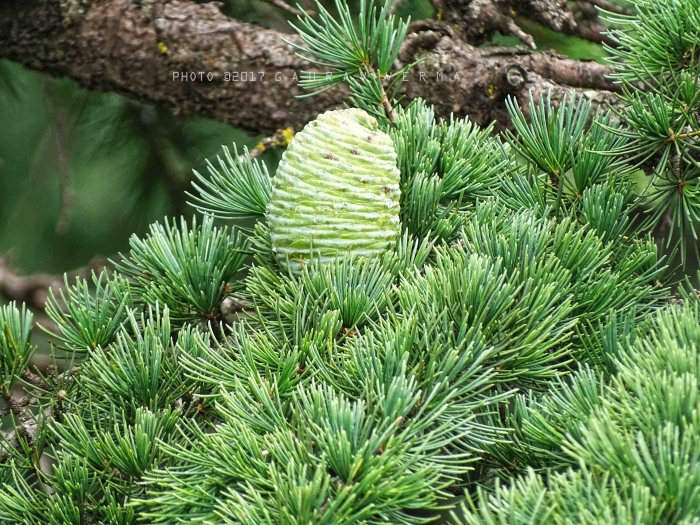Deodar Cedar
(Cedrus deodara)
Deodar Cedar (Cedrus deodara)
/
/

Gv3101992
CC BY-SA 4.0






































































































Estimated Native Range
Summary
Deodar Cedar is valued for its aesthetic qualities, including its attractive form and foliage. It is suitable for use as a specimen tree or in large landscape designs. The tree is adapted to a range of soil types, provided they are well-drained, and it can tolerate drought once established. It prefers full sun but can also grow in partial shade. While it is generally hardy, it is susceptible to damage from heavy snowfall due to its branch structure. In areas where it is not native, it should be planted with caution as it can become invasive, outcompeting local flora.CC BY-SA 4.0
Plant Description
- Plant Type: Tree
- Height: 40-70 feet
- Width: 20-40 feet
- Growth Rate: Rapid
- Flower Color: N/A
- Flowering Season: Non-Flowering
- Leaf Retention: Evergreen
Growth Requirements
- Sun: Full Sun
- Water: Low
- Drainage: Fast, Medium, Slow
Common Uses
Bank Stabilization, Bee Garden, Bird Garden, Border Plant, Deer Resistant, Drought Tolerant, Erosion Control, Fragrant, Low Maintenance, Rabbit Resistant, Salt Tolerant, Street Planting
Natural Habitat
Western Himalayas at altitudes of 1,500–3,200 meters
Other Names
Common Names: Deodar , Himalayan Cedar , Himalajazedar , Himalaja-Zeder , Cedro Del Himalaya , Cedro Llorón , Cèdre De L’Himalaya , Himalájai Cédrus , Cedro Dell’Himalaia , Cedro Dell’ Himalaya
Scientific Names: Cedrus deodara , Pinus deodara , Cedrus deodara f. pendula , Abies deodara , Cedrus deodara f. argentea , Cedrus deodara f. aurea , Cedrus deodara f. robusta , Cedrus deodara var. argentea , Cedrus deodara var. aurea , Cedrus deodara var. compacta
GBIF Accepted Name: Cedrus deodara (Lamb.) G.Don